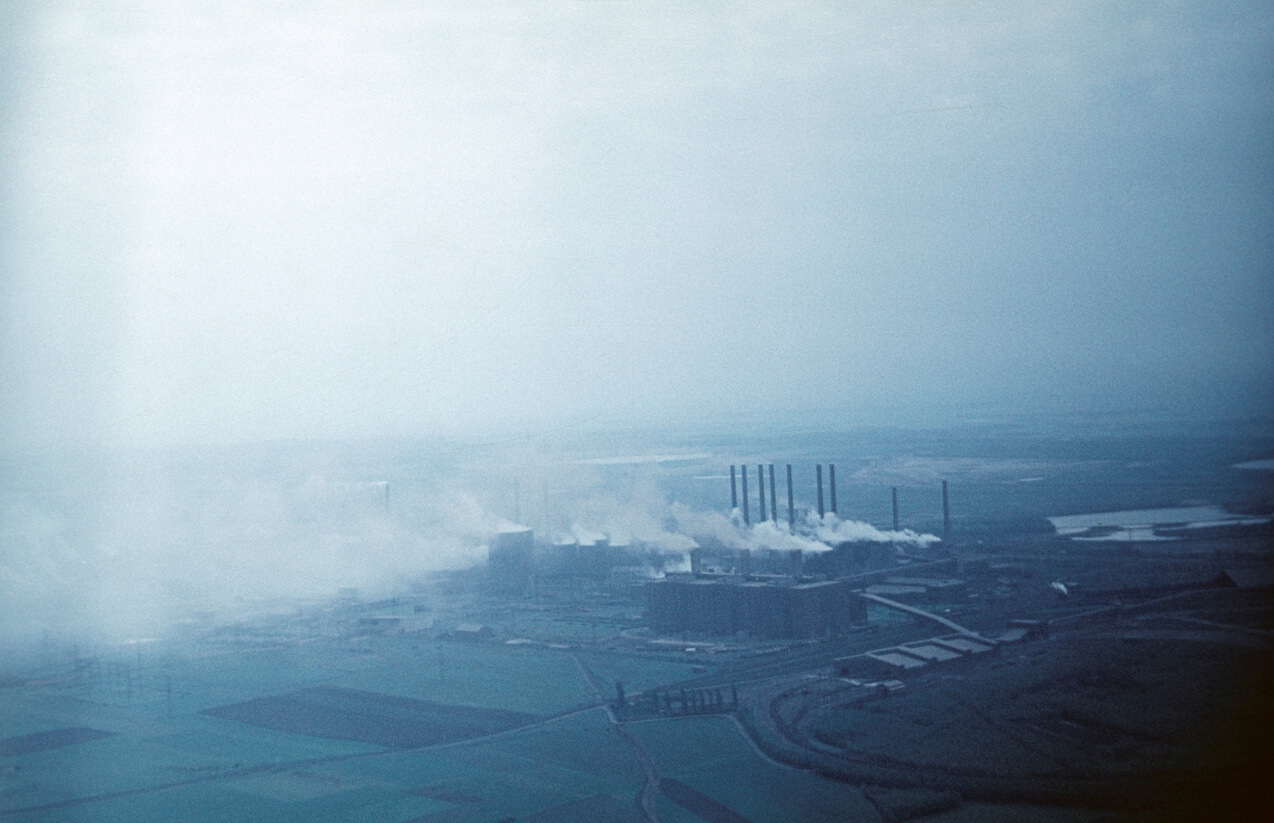Insight Focus
- The EU’s Carbon Border Adjustment Mechanism levy came into effect on 1 October, 2023.
- Importers will need to pay for carbon content from 2026.
- Levy is seen to help encourage more carbon markets.
The European Union’s Carbon Border Adjustment Mechanism (CBAM) came into effect on 1 October, the first time any jurisdiction has imposed a levy on the carbon content of imported raw materials.
The new directive requires importers of cement, iron and steel, fertilisers, aluminium, hydrogen and electricity to calculate and report the amount of CO2 emitted during their production. This data will be held in the CBAM registry.
For now, there will be no financial cost to import products into Europe, but from 2026, importers will need to buy CBAM certificates covering that carbon content from the EU.
Those CBAM certificates will be priced according to the average price of daily EU Allowance auctions each week, and importers will be able to judge the best time to buy these certificates before surrendering the appropriate number each year.
Countries that have their own domestic price of carbon emissions equivalent to the EU’s will be able to avoid the cost of CBAM, but lower prices will mean a balancing payment is made to ensure that the imported materials fully reflect the same cost that EU producers will be paying.
The CBAM has drawn criticism from several Europe’s trading partners who have alleged that the levy is simply an import duty. The WTO has not yet ruled on the legality of CBAM, but some experts point out that if exporters have a similar carbon pricing system they can avoid the duty, and this may pass muster with the WTO.
The introduction of CBAM can be said to have encouraged other major emitting nations to begin plans to set up their own domestic pricing systems. Nations including Indonesia, India, Brazil, China, Vietnam and Mexico are all progressing plans to set up systems covering their own industry.
Some of these plans are taking the form of “cap-and-trade” systems like the EU market, in which a strict limit is set on the total volume of greenhouse gases that can be emitted. Others will require industrials to buy carbon offsets to match their emissions, or to offset any emissions over and above a pre-set baseline.
Prices in these various systems will no doubt differ widely from the European Union’s current EU 80 per tonne price, and there will be no fungibility between CBAM certificates and EU Allowances. However, larger industrials may wish to “hedge” their CBAM exposure by buying EU Allowance derivatives.
But it’s not just CBAM that is driving the proliferation of carbon markets. The United Nations’ Paris Agreement allows countries to trade carbon credits among themselves to achieve domestically set decarbonisation targets, known as Nationally Determined Contributions.
Countries that exceed their own targets can sell surplus credits to other nations that are falling behind their own goals. This market, known as Article 6 under the 2015 Paris treaty, is presently being built by experts seconded to the UN, and key elements of the system structures will be presented to this year’s annual UN climate summit, COP28 in Dubai.
Already many countries are setting up the legal basis for the trade in carbon credits and several developed countries, led by Switzerland, the United Arab Emirates and Japan, are signing deals to acquire credits from developing and emerging economies such as Senegal, Kenya and Zimbabwe.














